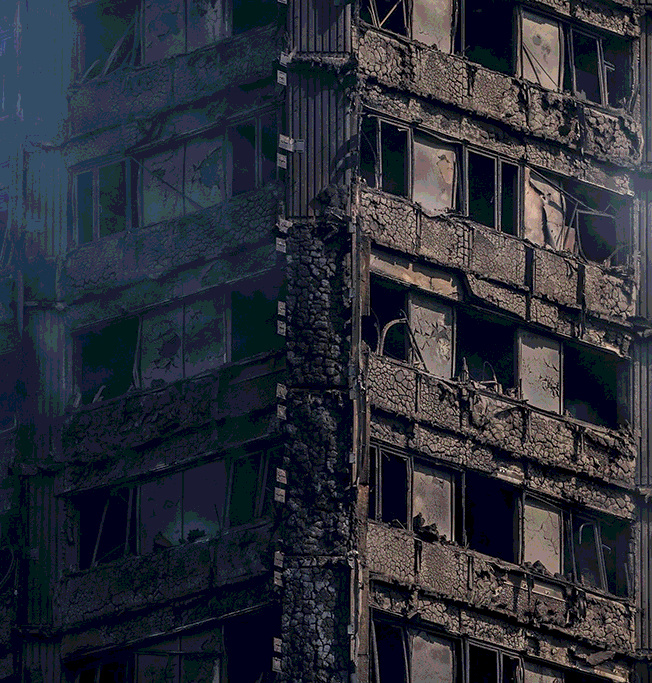PE cladding gap stays open
 The Federal Government has rejected a ban on imports of combustible aluminium composite cladding.
The Federal Government has rejected a ban on imports of combustible aluminium composite cladding.
Several states had pushed for a moratorium on the importation of the most combustible kind – with a polyethylene core – but that has been rejected too.
The matter was discussed at a recent meeting in Brisbane that was set up to create common action over dangerous building products.
New South Wales minister for better regulation, Matt Kean, said the states and territories would now work amongst themselves to create stronger national action.
“[The forum] saw all national ministers agree to stop the use of aluminium composite cladding on high-rise buildings while further measures for proper labelling and product testing are established,” he said.
“I was however disappointed we could not reach an agreement to push for greater action against importers and overseas manufacturers that would stop unsafe building products from reaching the Australian marketplace.
“I acknowledge and appreciate how seriously this issue is being treated by the commonwealth and a number of my state and territory colleagues, but it’s clear more needs to be done.
“We will continue to push for effective, nation-wide action to give Australians certainty and security when it comes to the buildings where they live, work and play.”
Queensland housing minister Mick De Brenni is facing criticism from the building industry over a crackdown on shonky construction products, but says he is keen to see stronger action.
The federal government has responsibility for imports, but the states are in charge of building standards and approvals.
But the states usually have to pick up the tab for dealing with problems that combustible cladding can create.
The PE products is probably not legal for use on high-rise buildings under Australia’s national building code, which requires external walls to be non-combustible.
However, the standard is performance-based, so it has some wriggle-room.
Until 2013 it was widely used on the outside of high-rise buildings.
The PE product is still legal for use in low-rise buildings and in signage.
Also, the cheaper polyethylene version looks identical to superior versions when installed, potentially allowing some unscrupulous developers to cut corners.







 Print
Print